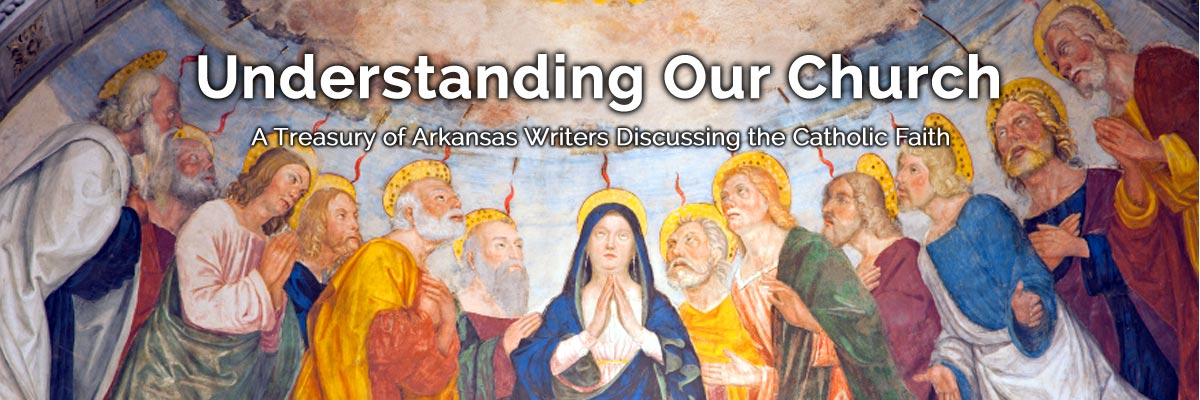Official Website of the
Catholic Diocese of Little Rock
Foot washing not just a service, but a model Jesus asks us to follow
Published: March 15, 2018
By Betsy Wiederkehr Huss
Blessed Sacrament Church, Jonesboro
Did you know the washing of feet on Holy Thursday is not mandatory? Did you know a kiss to the feet used to be involved? How about 13 being the designated number of people getting their feet washed? I did not know this history until researching whose feet may get washed during Holy Thursday’s Mass.
It turns out the rubric for foot washing has been adjusted over the centuries. It did not always take place during Holy Thursday’s evening Mass. It might have happened after Vespers in a monastery or at lunchtime or not in a church but a suitable room or place.
At one point it was customary for a bishop to wash, dry and kiss the feet of 13 poor people, but before doing so he would provide clothes, food and a charitable donation to them. Pastors are to evaluate and decide if this foot washing rite will take place, so it holds its meaning and does not become just a staged occurrence.
Do we dare pick up our towels and basins to wash and dry the feet of those around us, of folks around the world, of those different from us? Do we dare to love one another with the passion and inclusiveness that Jesus did and does?
The decree, “Maxima Redemptionis Nostrae Mysteria” in 1955, set the foot washing rite during Holy Thursday’s evening Mass and included seats for 12 men only. In 1970, the specified number of seats was omitted. Then, in 1987, the Secretariat for the Liturgy sought wider representation from the people of God for those who could occupy the seats.
Most recently, in January 2016, Pope Francis, after much reflection, modified the “Roman Missal” (p. 300, no. 11) rubric of the Holy Thursday Mass of the Lord’s Supper to be more representative of the Body of Christ. Now, the individuals chosen for the seats are suggested to include: lay, young, elderly, sick, healthy, women, men, single, religious, married, ordained and children.
This latest reform with inclusion of others is powerful and reflects the all-encompassing love and service of Jesus throughout his ministry to the very end. This act of service, washing another’s feet, was a teaching and gifting moment by Jesus to his disciples then and to us now.
When he had finished washing their feet, while in the upper room celebrating Passover with them, Jesus asks, “Do you realize what I have done for you?” (John 13:12)
Do we realize the significance of his action? Place yourself in that upper room. Jesus explains, “If I, therefore, the master and teacher, have washed your feet, you ought to wash one another’s feet. I have given you a model to follow, so that as I have done for you, you should also do.” (John 13:14-15)
Jesus is emphasizing service, ministering to people, demonstrating compassion and humility. Later, in John 13:34 we read, “I give you a new commandment, says the Lord: Love one another as I have loved you.”
What would that kind of love look like? What form or actions would it take lived out in our lives, in our homes, schools, workplaces, hearts? It truly would be life changing and would renew the face of the earth and its people.
So, the foot washing rubric has evolved over time. But, the true essence or heart of what Jesus communicated to his disciples through this simple, yet powerful action is still with us today.
Do we dare pick up our towels and basins to wash and dry the feet of those around us, of folks around the world, of those different from us? Do we dare to love one another with the passion and inclusiveness that Jesus did and does?




